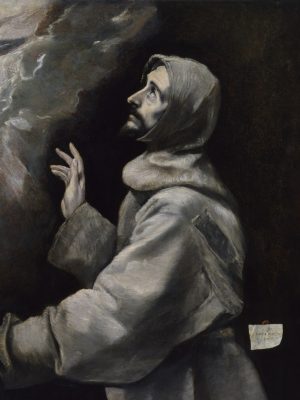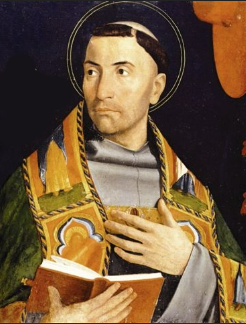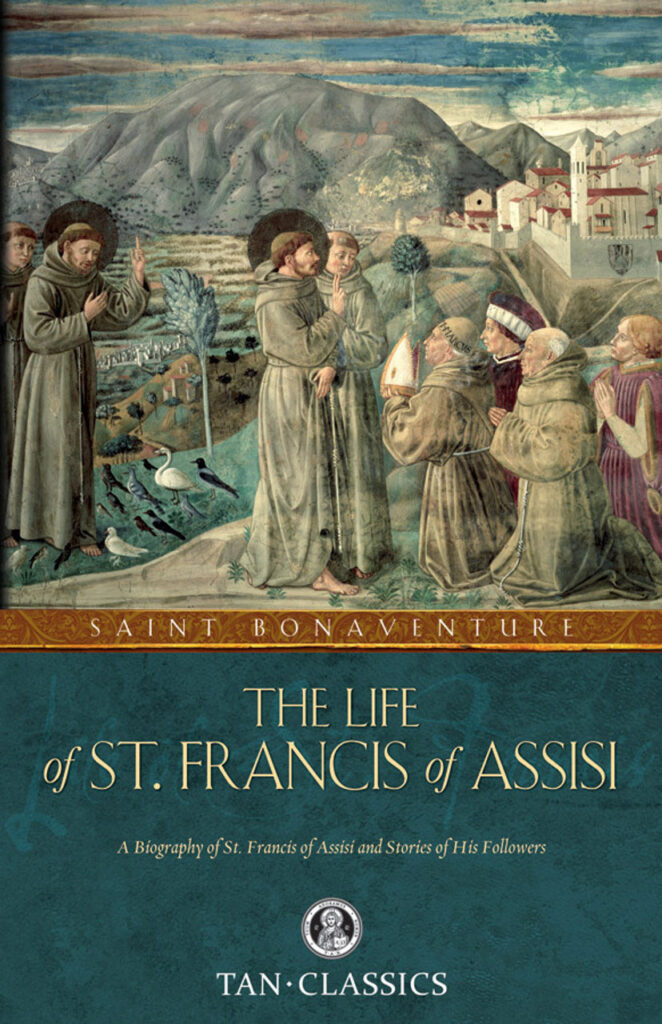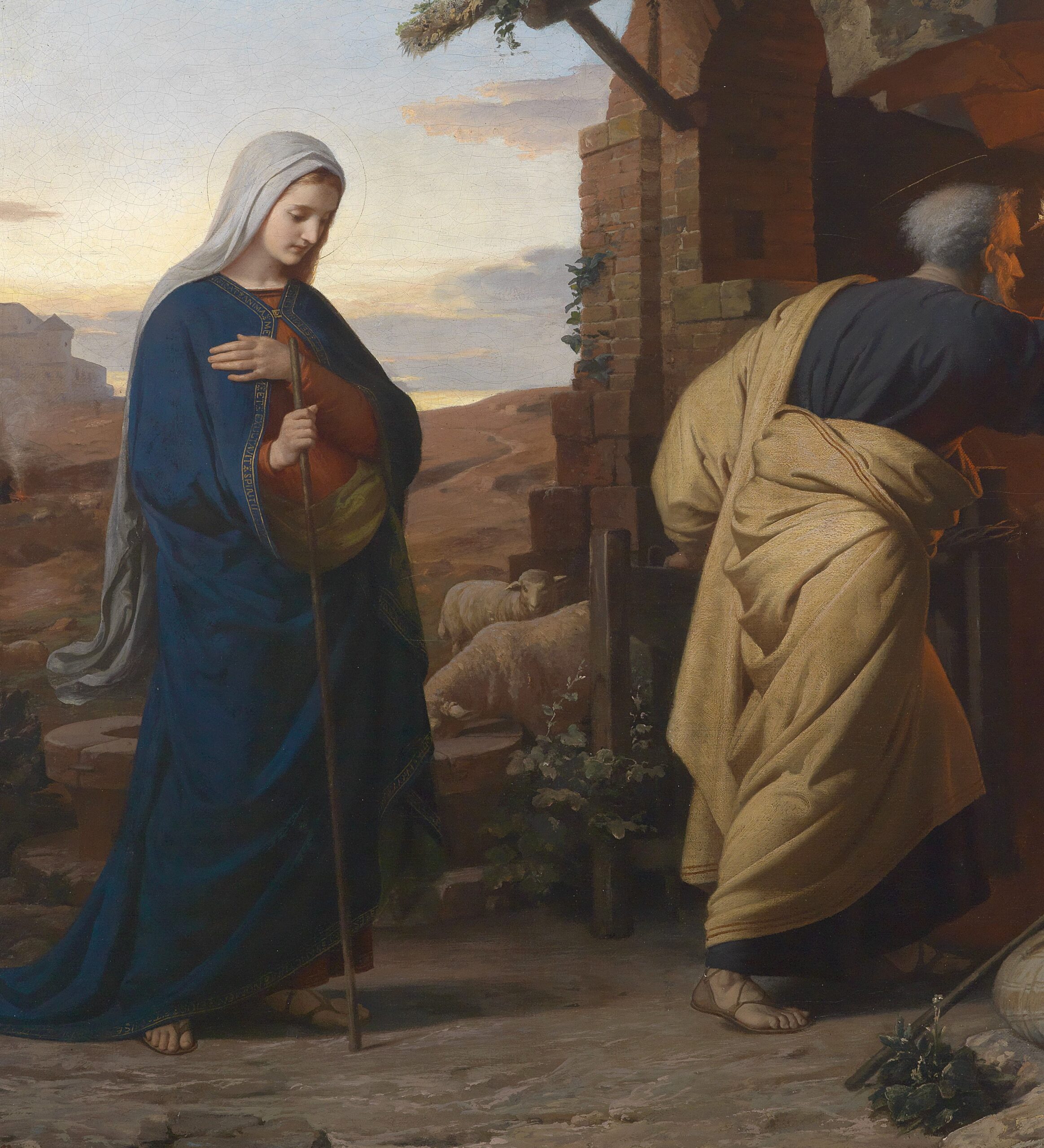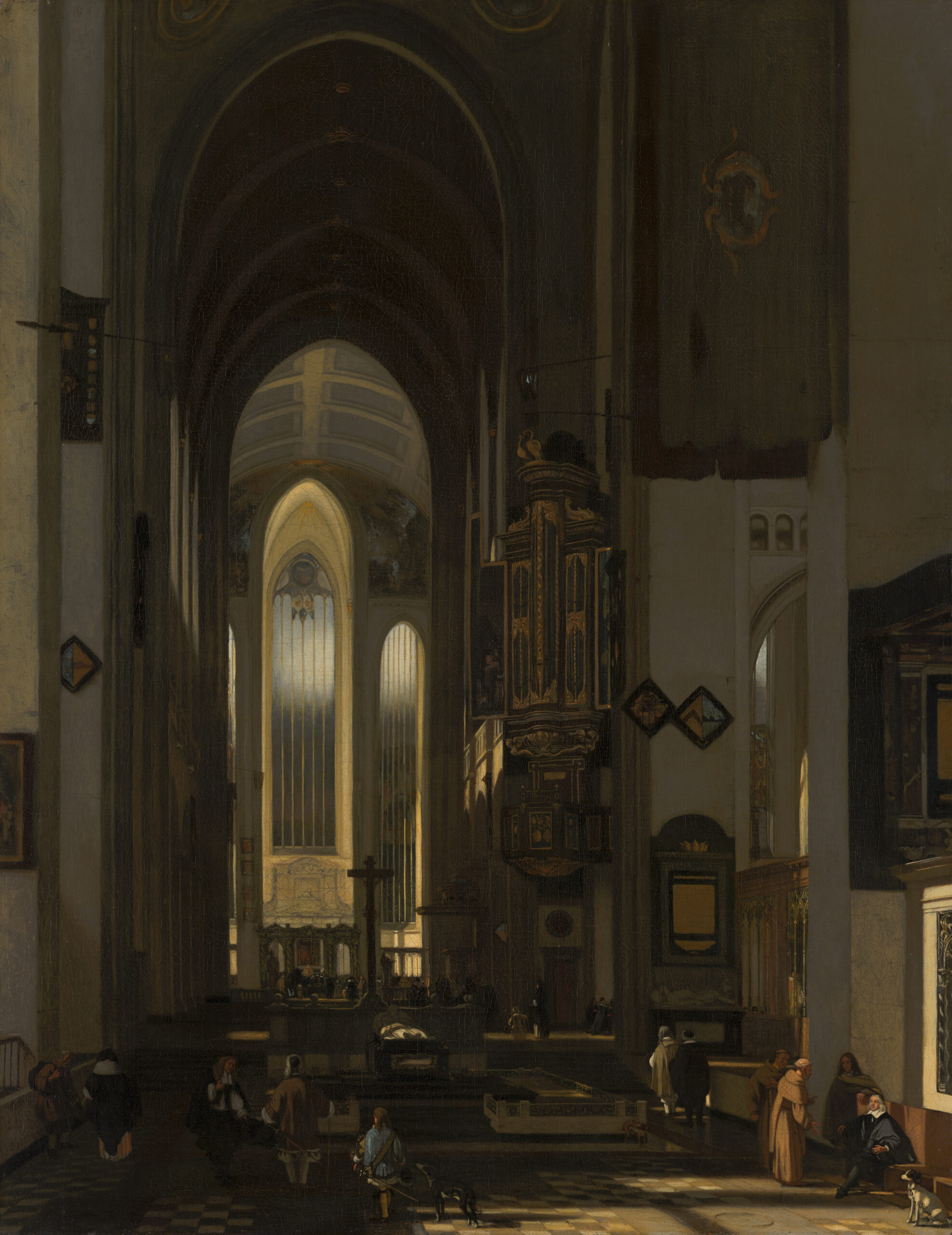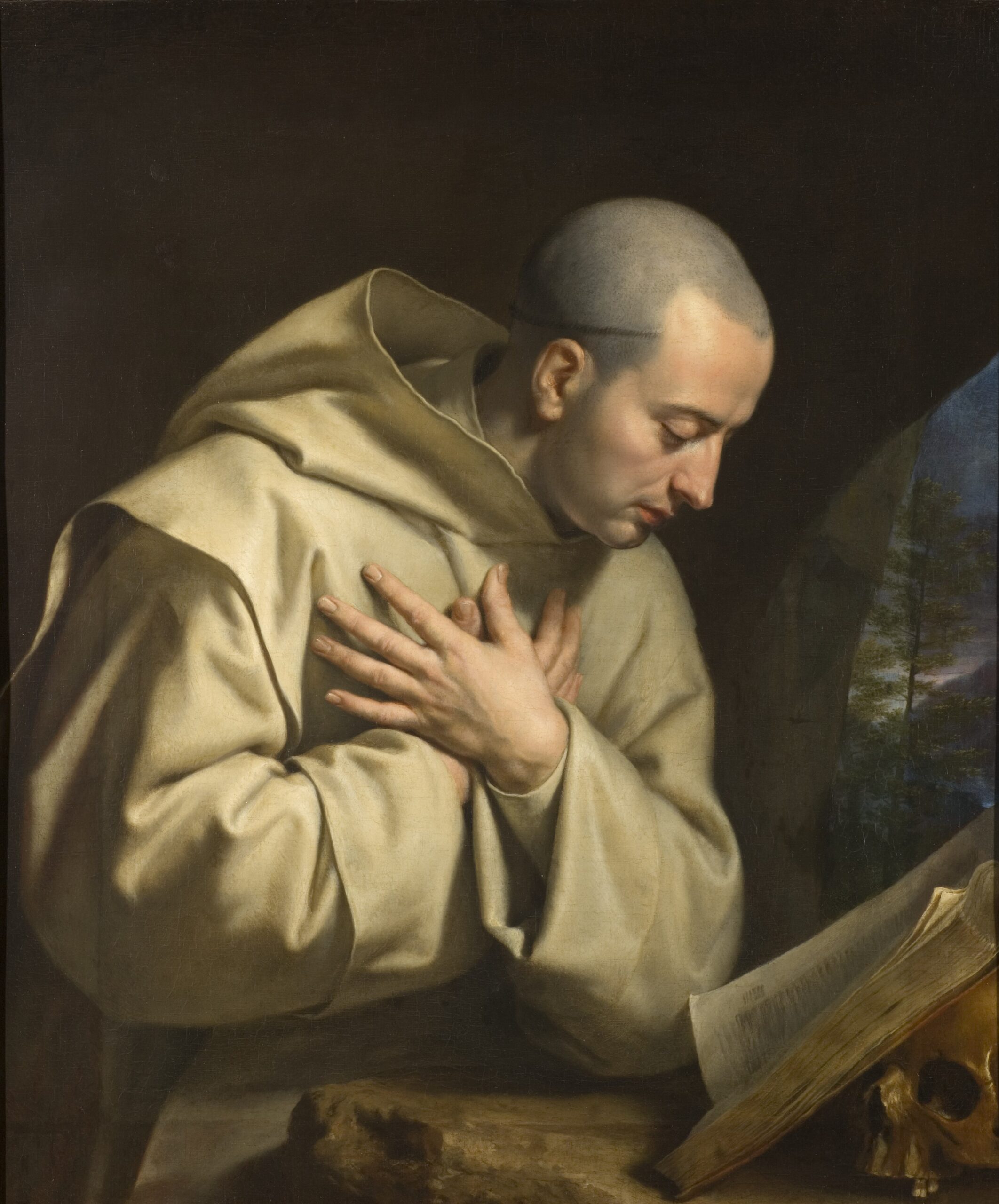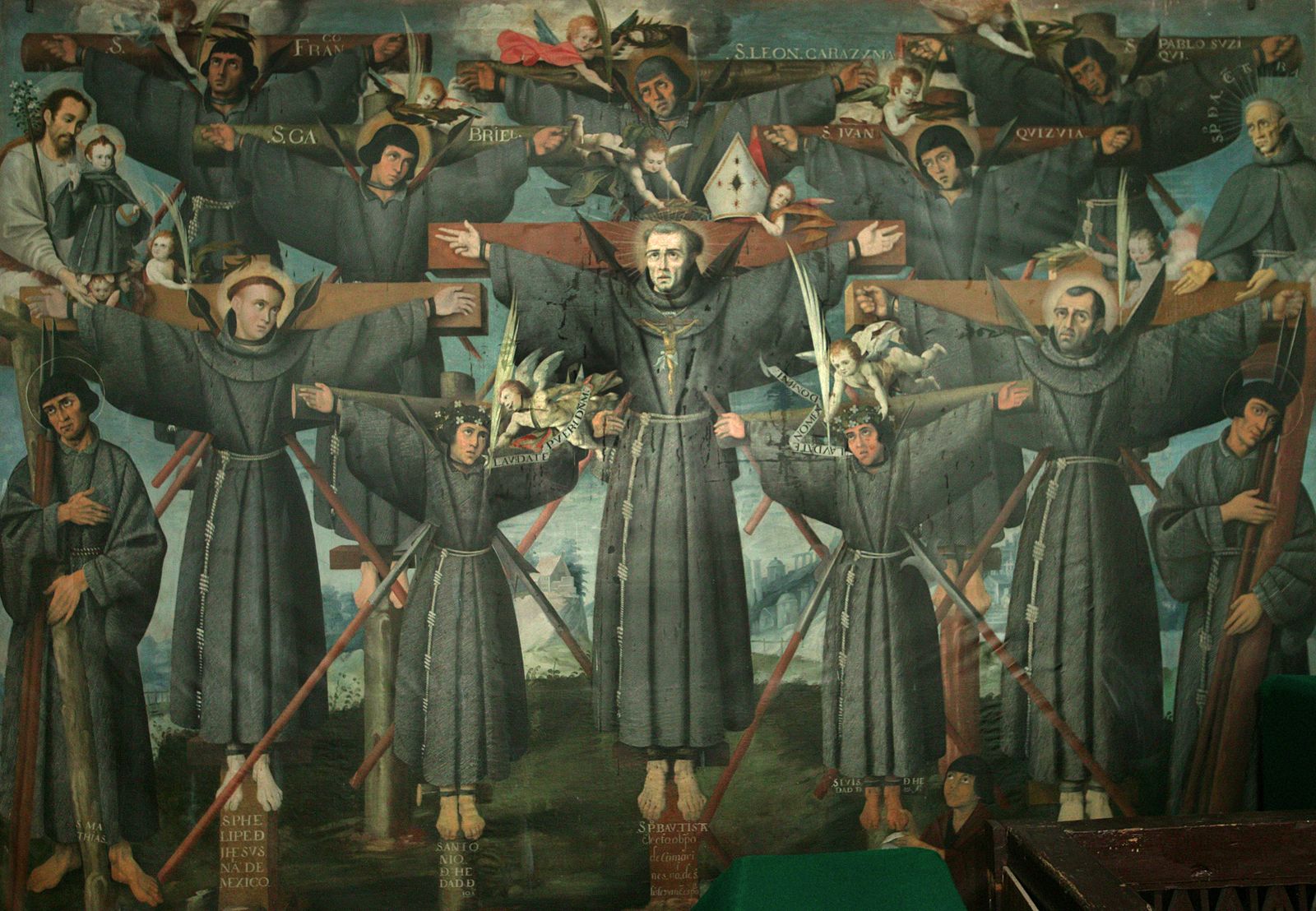September 17th marks the anniversary of the imprinting of the stigmata of Saint Francis of Assisi. Taken from The Life of Saint Francis of Assisi, Saint Bonaventure recalls that glorious moment when Saint Francis was marked with the wounds of His Beloved.
IT WAS the manner of this angelic man, Francis, never to rest from good works, but rather, like the heavenly spirits on Jacob’s ladder, to be either ascending to God or descending to his neighbor. And he so prudently divided the time allotted him here for merit, that he spent the one part of it in labors for the good of his neighbor, and devoted the other to tranquil contemplation. Therefore, after descending to labor for the salvation of men, according to the exigency of time and place, he would leave behind him the tumult of the multitude, and retiring into some secret place where he might wait freely upon God, he would endeavor to purify his spirit from any dust which might have adhered to it in his conversation with men. Two years, therefore, before he gave up his spirit to God, he was led by Divine Providence, after manifold labors, into a mountainous place, which is called Mount Alvernia.
Having there begun his fast, according to his wonted custom of keeping a Lent in honor of St. Michael the Archangel, being filled more abundantly than usual with divine sweetness by the contemplation of heavenly things, and enkindled by a more fervent desire of the things of God, he began to experience the gifts of the divine visitation more perfectly and abundantly than ever before. His spirit rose on high, not curiously to scrutinize the Divine Majesty, and so to be overwhelmed with its glory, but as a faithful and prudent servant seeking out the good pleasure of God, to which with the utmost ardor of love he desired to conform himself. It was infused, therefore, into his mind by divine inspiration that it should be revealed to him by Christ, on opening the Book of the Gospels, what in him, or from him, should be most acceptable to God.
Having first prayed with great devotion, he therefore took the holy Book of the Gospels from the altar, and caused his companion, a devout and holy man, to open it thrice in the name of the Holy Trinity. Seeing that the book opened each time at the Passion of our Lord, the man of God understood that, as he had imitated Christ in the actions of his life, so, before he should depart from this world, he was to be conformed to Him likewise in the sufferings and pains of His Passion. And although, by the great austerity of his past life and his continual bearing of the Cross of Christ, he had become very feeble in body, yet was he not terrified, but prepared himself with good courage to endure the martyrdom set before him. For there grew in him an invincible fire of the love of his good Jesus, even a flame of burning charity, which many waters could not quench.
Being thus raised to God by the ardor of seraphical love, and wholly transformed by the sweetness of compassion into Him, Who, of His exceeding charity, was pleased to be crucified for us; early in the morning of the Feast of the Exaltation of the Holy Cross, as he was praying in a secret and solitary place on the mountain, he beheld a seraph, having six wings, all on fire, descending to him from the height of Heaven. And as he flew with great swiftness towards the man of God, there appeared between the wings the form of One crucified, having His hands and feet stretched out and fixed to the Cross. Two wings rose above the head, two were stretched forth in flight, and two veiled the whole body. When he beheld this, he marvelled greatly, and his heart was filled with mingled joy and sorrow. For he rejoiced at the gracious aspect with which Christ, under the form of the Seraph, looked upon him; yet to behold Him thus fastened to the Cross pierced his soul like a sword of compassion and grief. He wondered greatly at the appearance of so new and marvellous a vision, knowing that the infirmity of the Passion could in no wise agree with the immortality of the seraphical spirit.
Lastly, he understood, by the revelation of the Lord, that this vision had been presented to his eyes by Divine Providence, that the friend of Christ might know that he was to be transformed into Christ crucified, not by the martyrdom of the flesh, but by the fire of the spirit. The vision, disappearing, left behind it a marvellous fire in his heart, and a no less wonderful sign impressed on his flesh. For there began immediately to appear in his hands and in his feet the appearance of nails, as he had now seen them in the vision of the Crucified. His hands and his feet appeared pierced through the midst with nails, the heads of the nails being seen in the insides of the hands and the upper part of the feet, and the points on the reverse side. The heads of the nails in the hands and feet were round and black, and the points somewhat long and bent, as if they had been turned back. On the right side, as if it had been pierced by a lance, was the mark of a red wound, from which the sacred blood often flowed, and stained his tunic.
The servant of God, seeing the Stigmata thus deeply impressed on his flesh, so that he could not conceal them from his familiar companions, and yet fearing to discover the secret of the Lord, was in great trouble and perplexity whether he should declare or conceal what he had seen. He therefore called some of the brethren, and in general terms proposed his doubt to them, and asked their counsel. Then a certain friar, Illuminates, both by grace and by name, knowing that the holy man had seen some marvellous vision which had thus amazed him, answered: “Brother, not only for thine own sake, but for the sake of others, thou knowest the divine mysteries are made known to thee. And therefore it seems to me that thou shouldst fear to conceal this which thou hast received for the benefit of many, lest thou shouldst be condemned for hiding the talent committed to thy care.” At these words, the holy man was so greatly moved, that though he was accustomed to say on these occasions, “Secretum meum mihi”—My secret is to myself—he now related with great fear all the order of the aforesaid vision, adding that He Who had appeared to him had said to him other things, which he must never, so long as he should live, reveal to any man. And it is to be believed that these discourses were secret things spoken to him by that sacred Seraph, who so marvelously appeared to him on the Cross, and which, perhaps, it was not lawful to utter to men.
When the lover of Christ had been transformed by his true love into his own image, having fulfilled the forty days which he had thus spent in solitude before the feast of the Archangel Michael, this angelical man, Francis, descended from the mount, bearing with him the image of the Crucified, engraven, not on tables of wood nor stone by the hand of the artificer, but written on his members of flesh by the finger of the living God. And because it is written that it is good to conceal the secret of the king, therefore this man, who was conscious of so royal a secret, endeavored to conceal its sacred signs from the eyes of all men. But inasmuch as God is wont for His own glory to reveal the great things which He works, the Lord Himself, who had secretly impressed these tokens, openly manifested many miracles by their power, that the hidden and miraculous virtue of these Stigmata might be clearly made known by many signs.
ooo
This article is taken from a chapter in The Life of Saint Francis of Assisi by Saint Bonaventure which is available from TAN Books.


